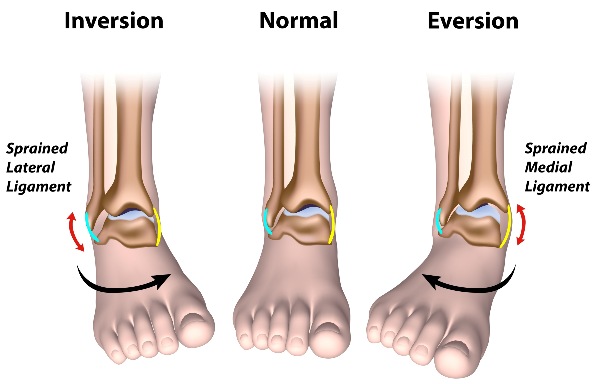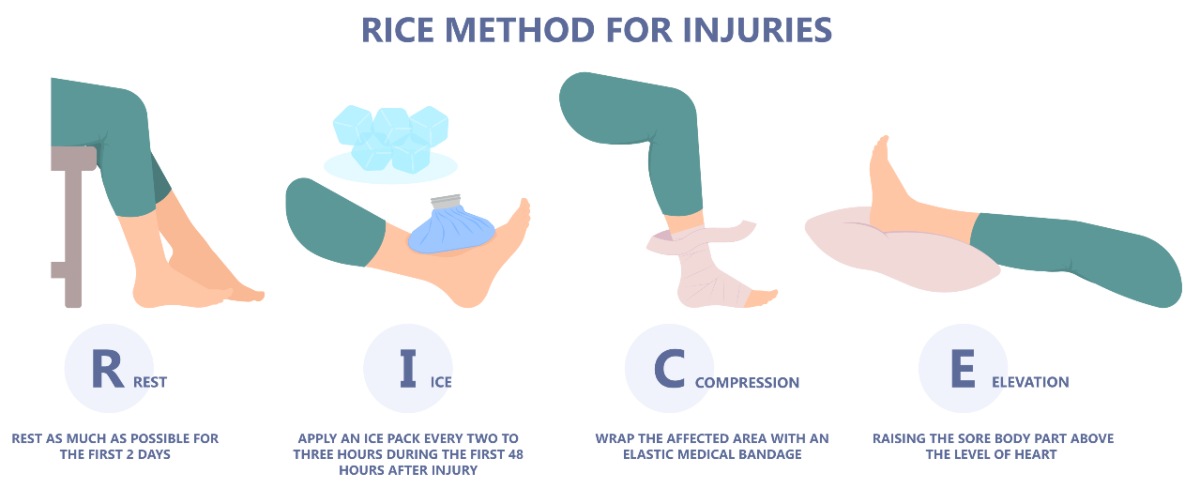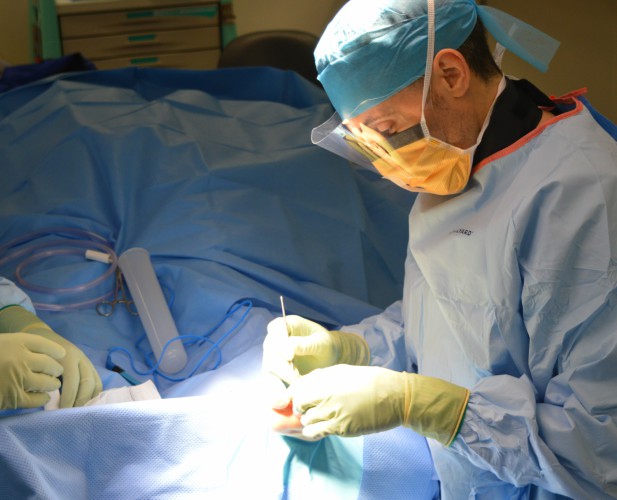ANKLE INJURY TREATMENT MELBOURNE
ANKLE ANATOMY
What are the ligaments in your ankle?
On either side of your ankle there are strong bands of tissue called ligaments that connect the bones. These ligaments help stabilise the ankle joint and prevent it from twisting or rolling.
If you “sprain your ankle” it usually involves the ligaments on the outside of your ankle (lateral side). Injury to this side of the ankle most commonly involves:
- Anterior talofibular ligament (ATFL) and/or
- Calcaneofibular ligament (CFL)
- Posterior talofibular ligament (PFL) – Rarely involved in ankle sprains
It is usually the front and sometimes middle bands that are injured when you sprain your ankle
(refer to Figure 1 below).
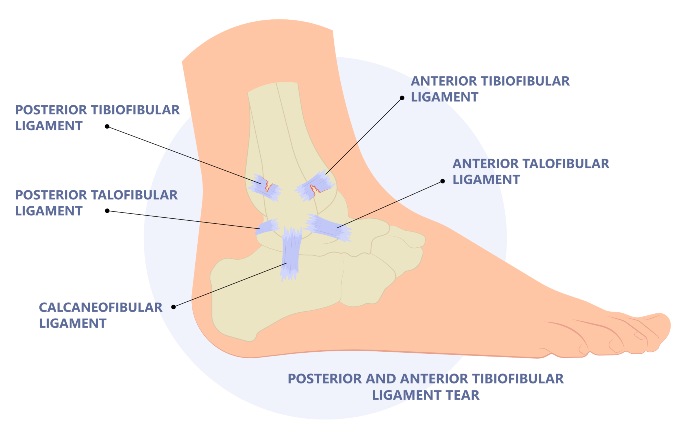
Figure 1
ANKLE INJURY ASSESSMENT
Assessing your ankle injury
Commonly ankle sprains on ultrasound or MRI reports are classified into three grades:
Grade 1 – A grade 1 injury (minor sprain) where the ligament/s are stretched.
Grade 2 – A grade 2 ankle sprain is a partial tear of the ligament/s.
Grade 3 – A grade 3 injury is a complete tear of an ankle ligament/s.
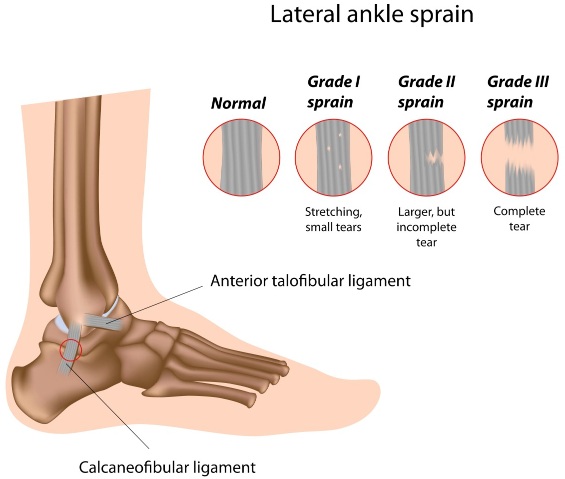
DIAGNOSING CONTINUING ANKLE PROBLEMS AND INSTABILITY
Mr Keith will undertake a thorough history and perform an examination of your ankle including:
- Assessment of your ligaments
- Previous injury/s
- Rehabilitation performed to date
- Medications
Mr Keith may request further imaging to better assess the extent of ligament, cartilage and or bone damage to your ankle.
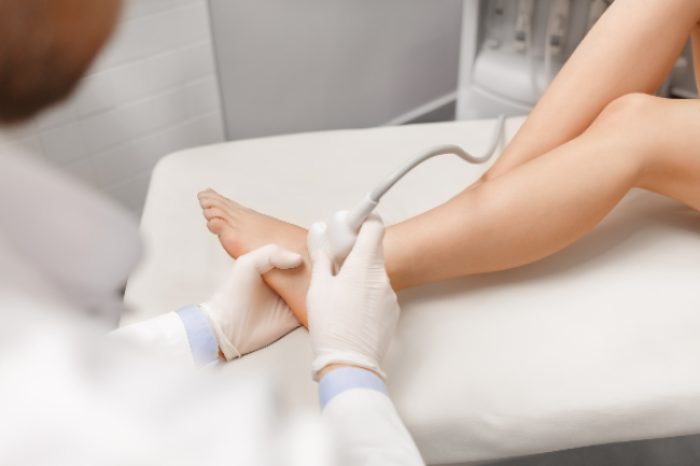
DO YOU NEED ANKLE SURGERY?
There are many other options Mr Keith and your physiotherapist will exhaust before opting for surgery.
Ankle surgery is usually a final option after non-operative treatments are exhausted.
There are two main types of operation:
- Ankle ligament reconstruction – The damaged ligaments are tightened up and reattached to the bone.
- Tenodesis – One of the nearby tendons is used to replace the damaged ligaments.
POTENTIAL COMPLICATIONS
The ankle surgery complications which may occur after a ligament reconstruction operation may include:
- Ankle pain
- Ankle swelling
- Ankle stiffness and restricted movement
- Infection
- Numbness or tingling down the side of your foot
- In 5% – 10% of cases the surgery may not work.
Mr Keith will discuss with you in detail the potential complications and risks in relation to ankle surgery.
ANKLE INJURY TREATMENT MELBOURNE
Helpful information and frequently asked questions (FAQ’s)
OTHER CAUSES OF RECURRENT ANKLE SPRAINS
High arches – Abnormal foot shape
If you have an abnormally shaped foot it may adversely affect the biomechanics of your ankle and may predispose you to further ankle sprains.
A high foot arch is known as “pes cavus “ (see figure A) which does not flatten on standing. This alone causes few symptoms and rarely requires treatment.
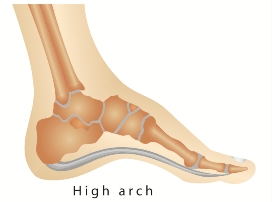
Figure A
Varus Heel (turned in heel)
When a high foot arch is combined with a turned in heel (varus heel- see Fiqure B) overload or the lateral (outside) structures or the foot and ankle occurs. This may predispose you to ankle and foot injuries
If you do have a high arch and frequently suffer from ankle sprains, initial treatment may include:
- Physiotherapy focusing on exercises to help you to regain your ankle balance and strength together with calf stretching program
- Orthotic insoles to restore your balance.
If your ankle problems do not improve Mr Keith may discuss further options to restore stability to your foot and ankle.
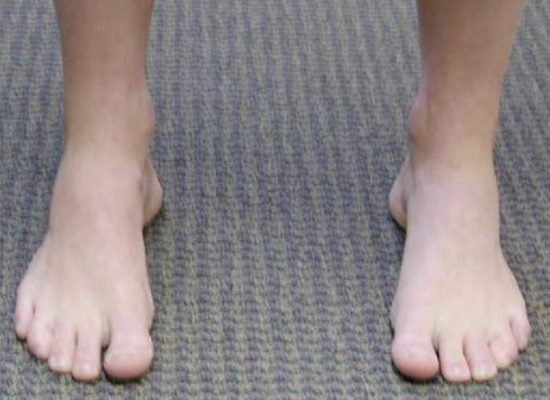
Figure B
Cavovarus foot correction
A cavus foot has a high arch which causes people to walk on the outside of the foot. Treatment depends on the amount of deformity and related problems.
The main goals of cavus foot surgery are to reduce pain, improve function, and prevent further damage or injuries.
The surgical procedures involved with the correction of the cavus foot are varied and depend on the patient’s foot and ankle alignment and related problems. Typically, the foot is realigned by cutting and repositioning the bones (known as osteotomies), tightening ligaments and transferring tendons also may be necessary.
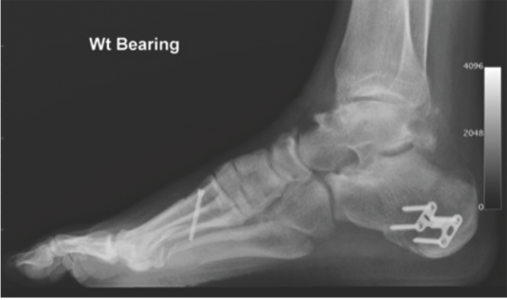
Read more about ankle injuries at Better Health Channel.
Ankle Injury Treatment Melbourne
Mr Keith consults to patients from all over Melbourne in relation to ankle injury treatments. Mr Keith consults with patients at the following practice locations in Melbourne Armadale, Malvern, Richmond, Heidelberg and in Shepparton, country Victoria.


